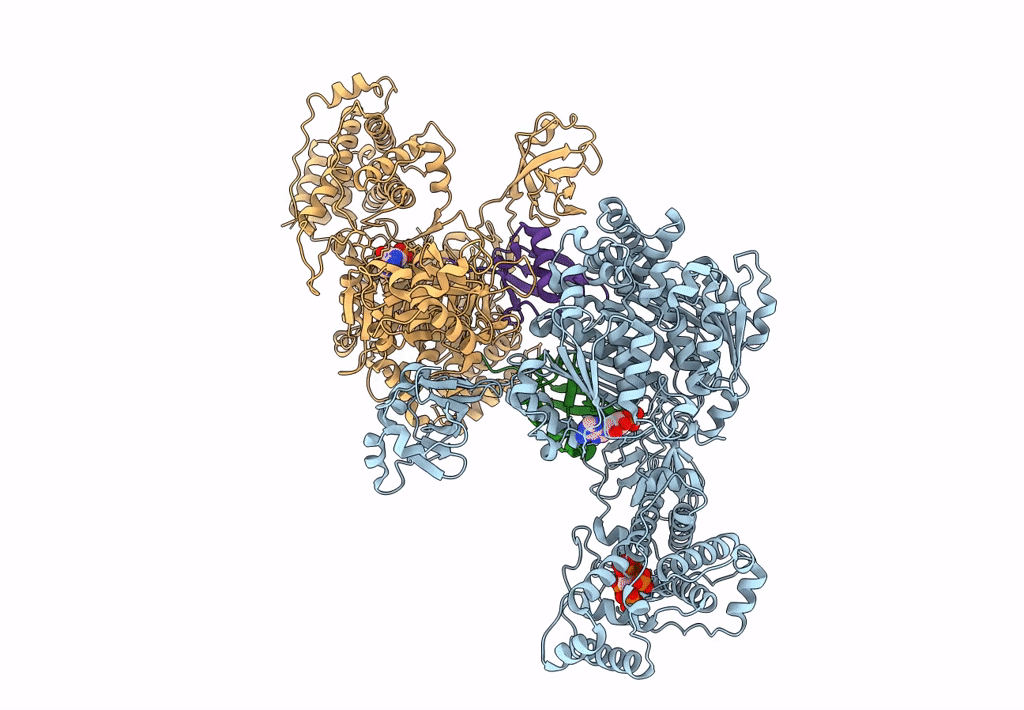
Deposition Date
2021-10-31
Release Date
2022-11-02
Last Version Date
2024-10-23
Entry Detail
PDB ID:
7SOL
Keywords:
Title:
Crystal Structures of the bispecific ubiquitin/FAT10 activating enzyme, Uba6
Biological Source:
Source Organism:
Homo sapiens (Taxon ID: 9606)
Triticum aestivum (Taxon ID: 4565)
Triticum aestivum (Taxon ID: 4565)
Host Organism:
Method Details:
Experimental Method:
Resolution:
2.25 Å
R-Value Free:
0.20
R-Value Work:
0.16
R-Value Observed:
0.16
Space Group:
C 1 2 1


